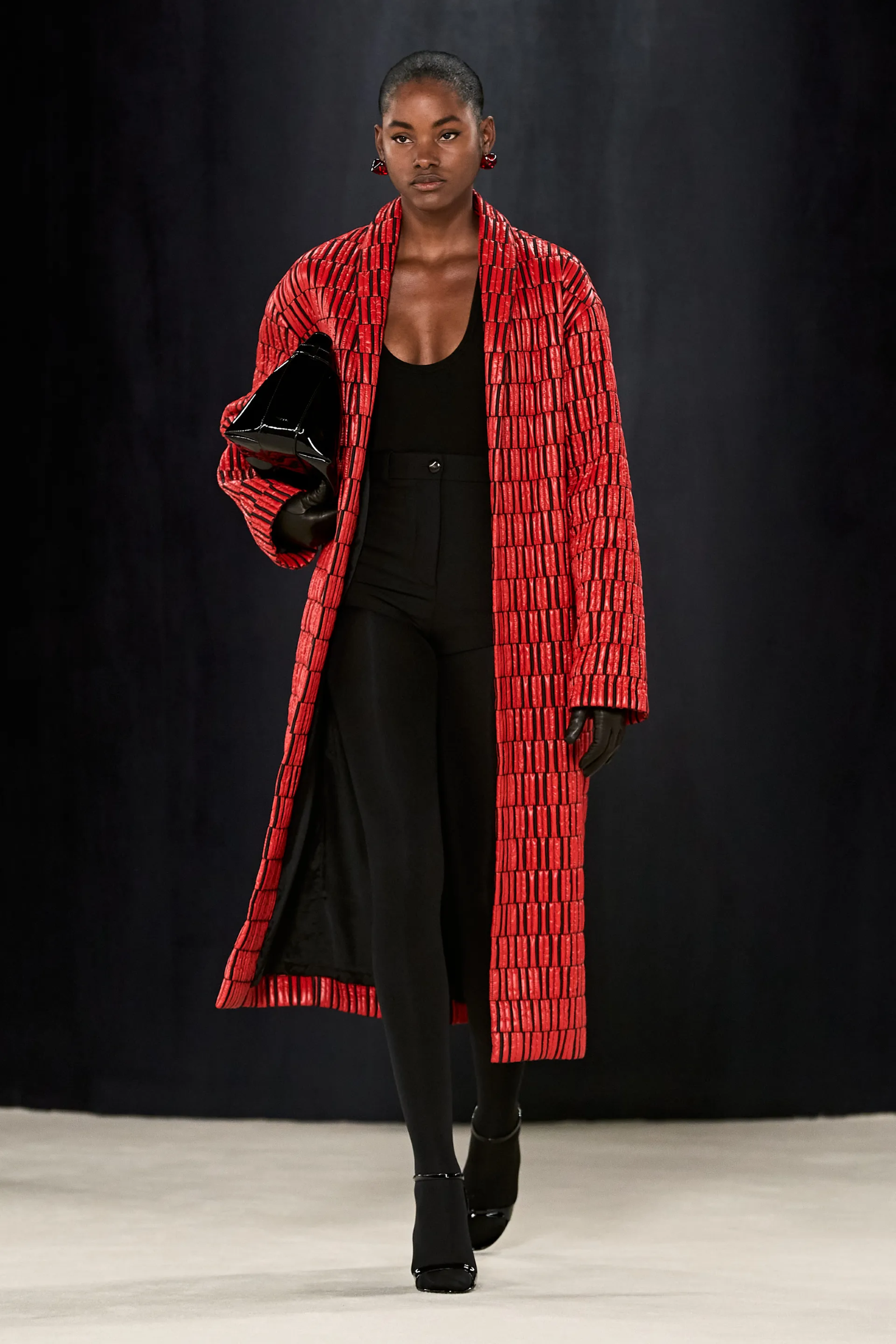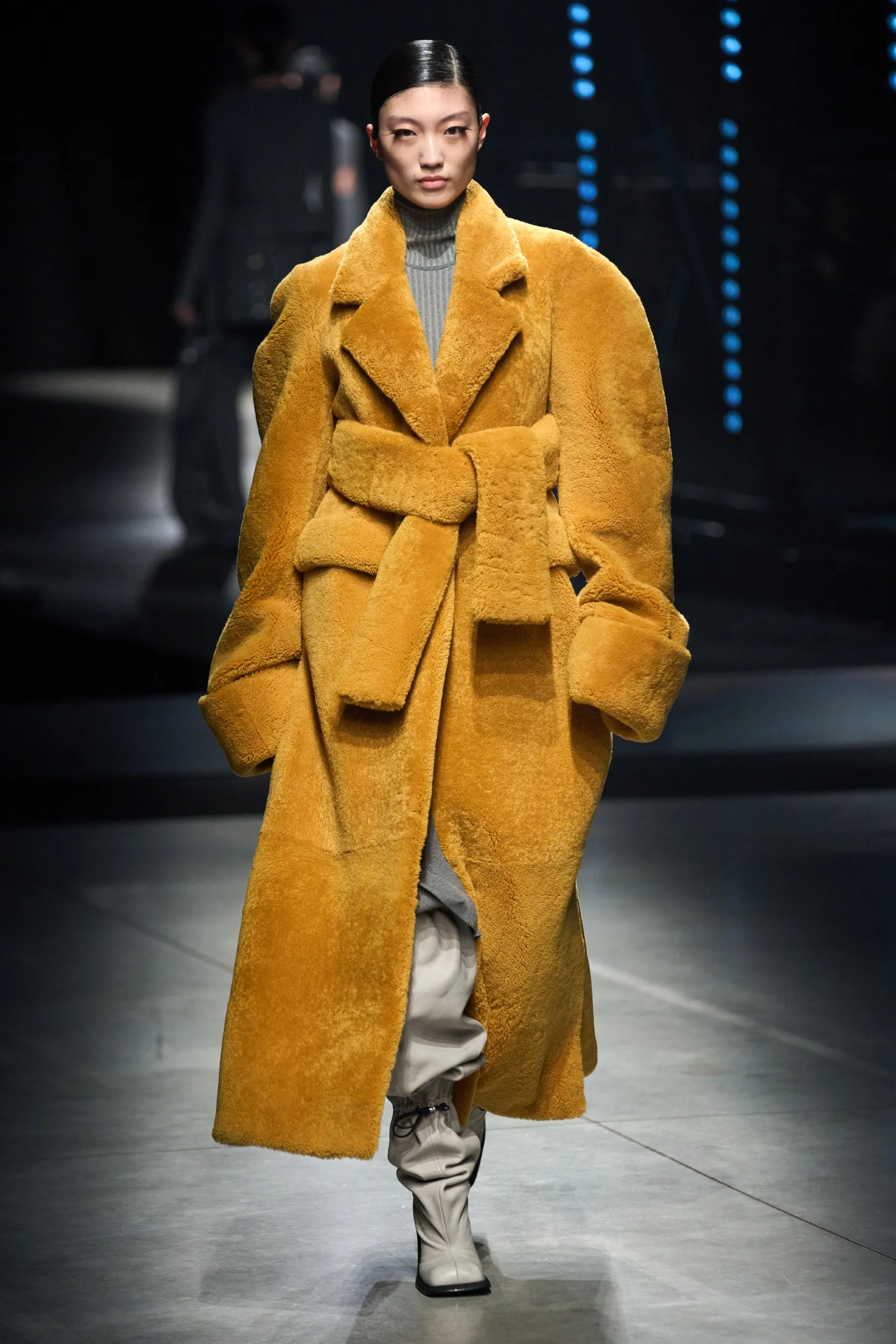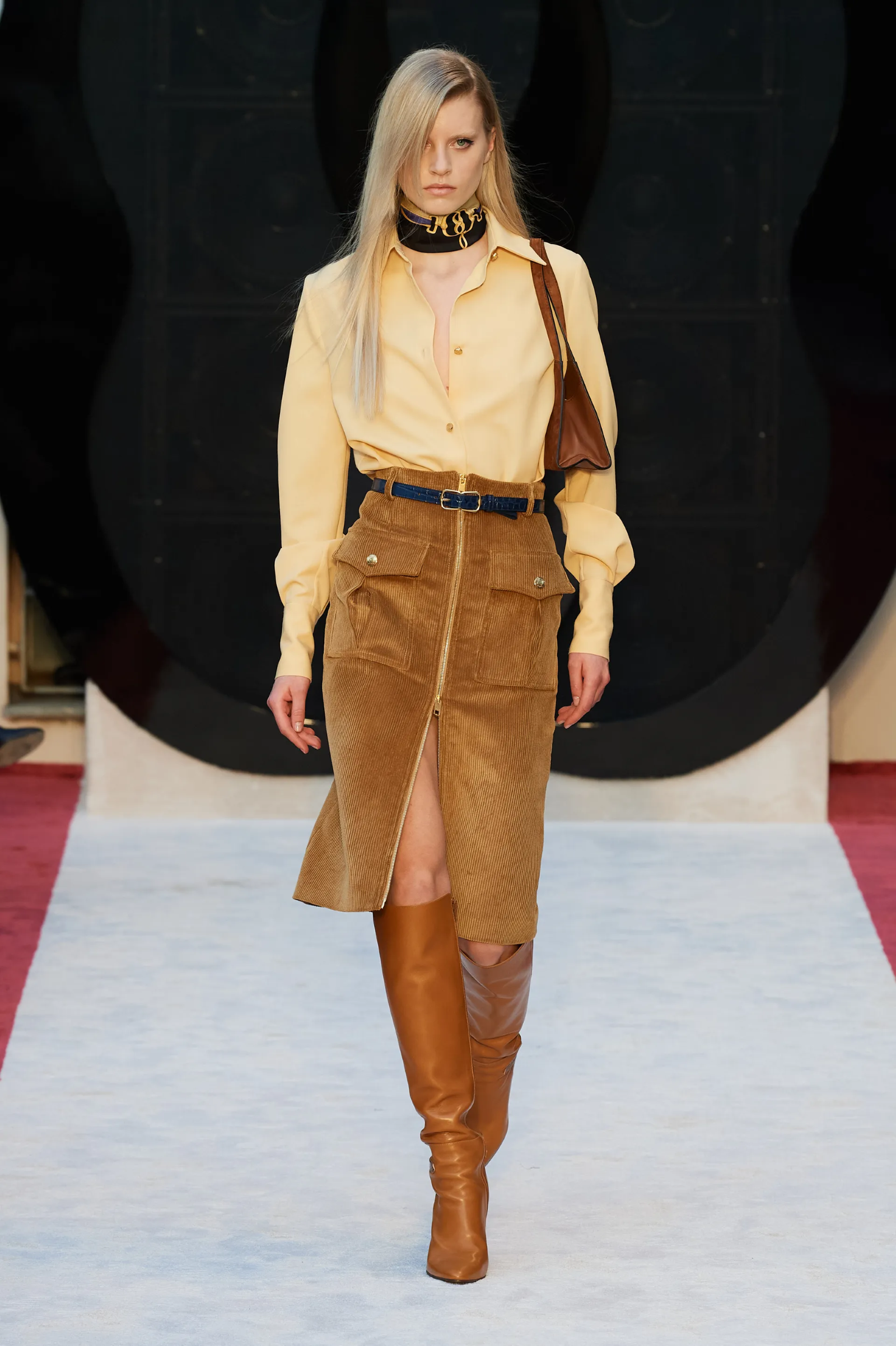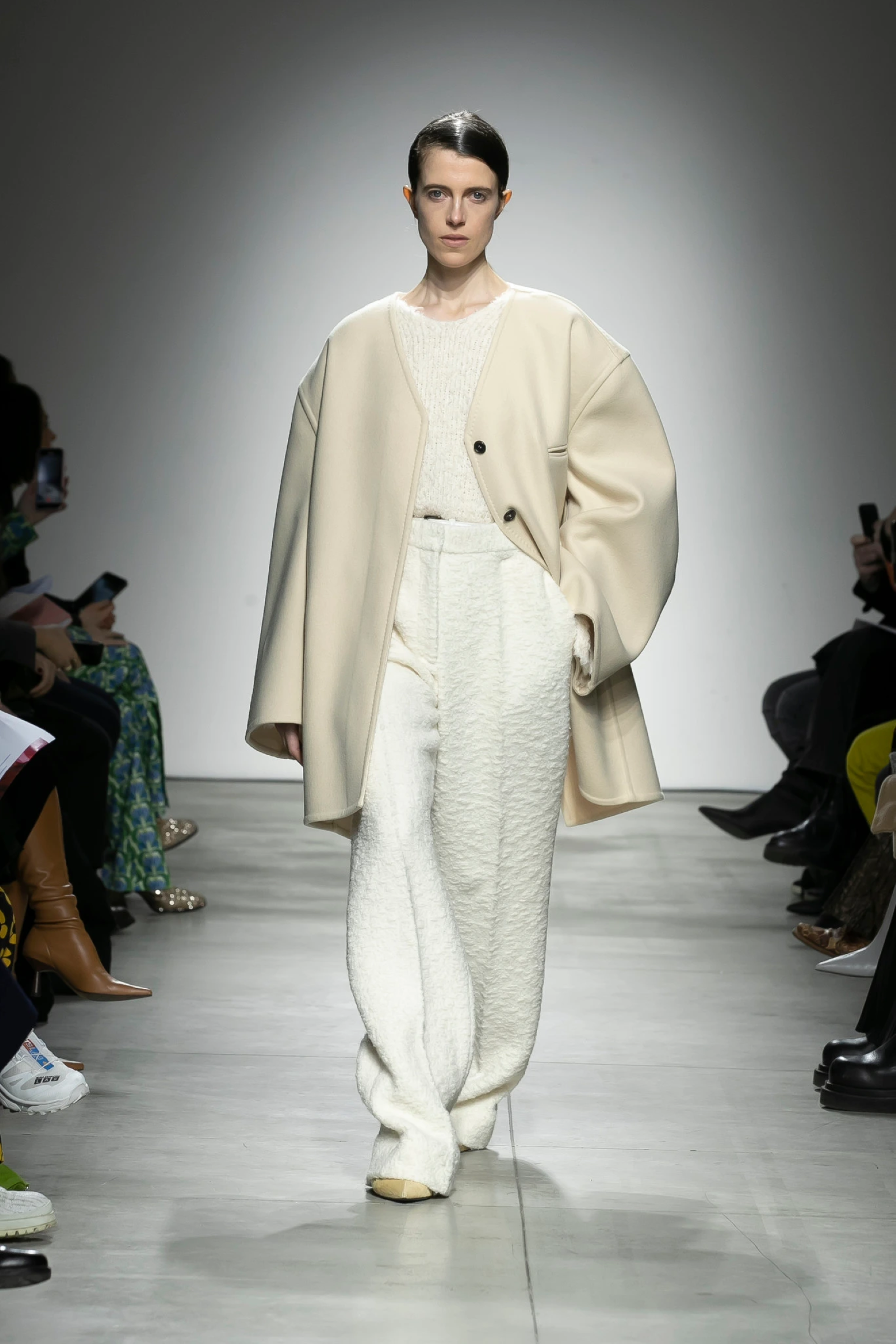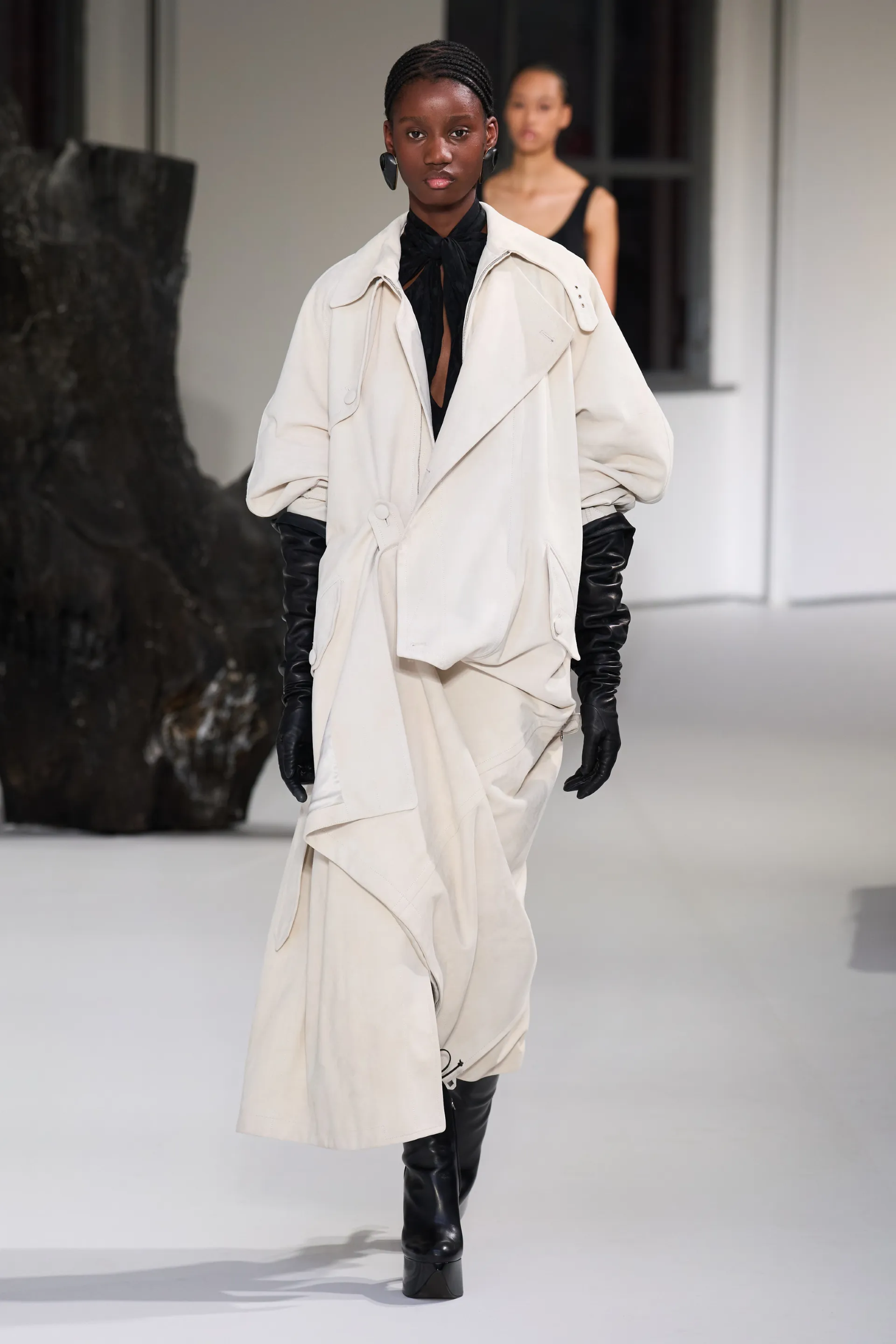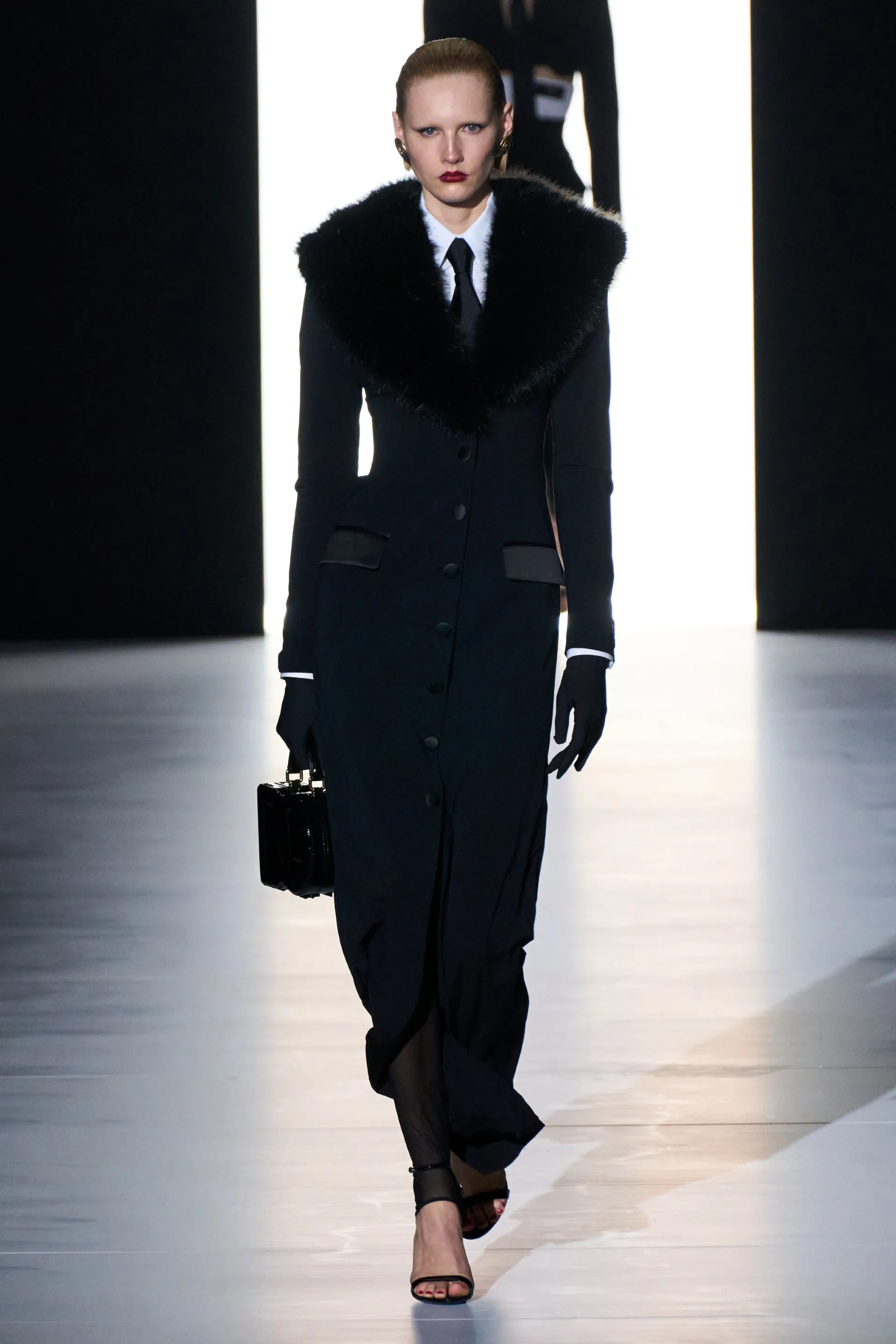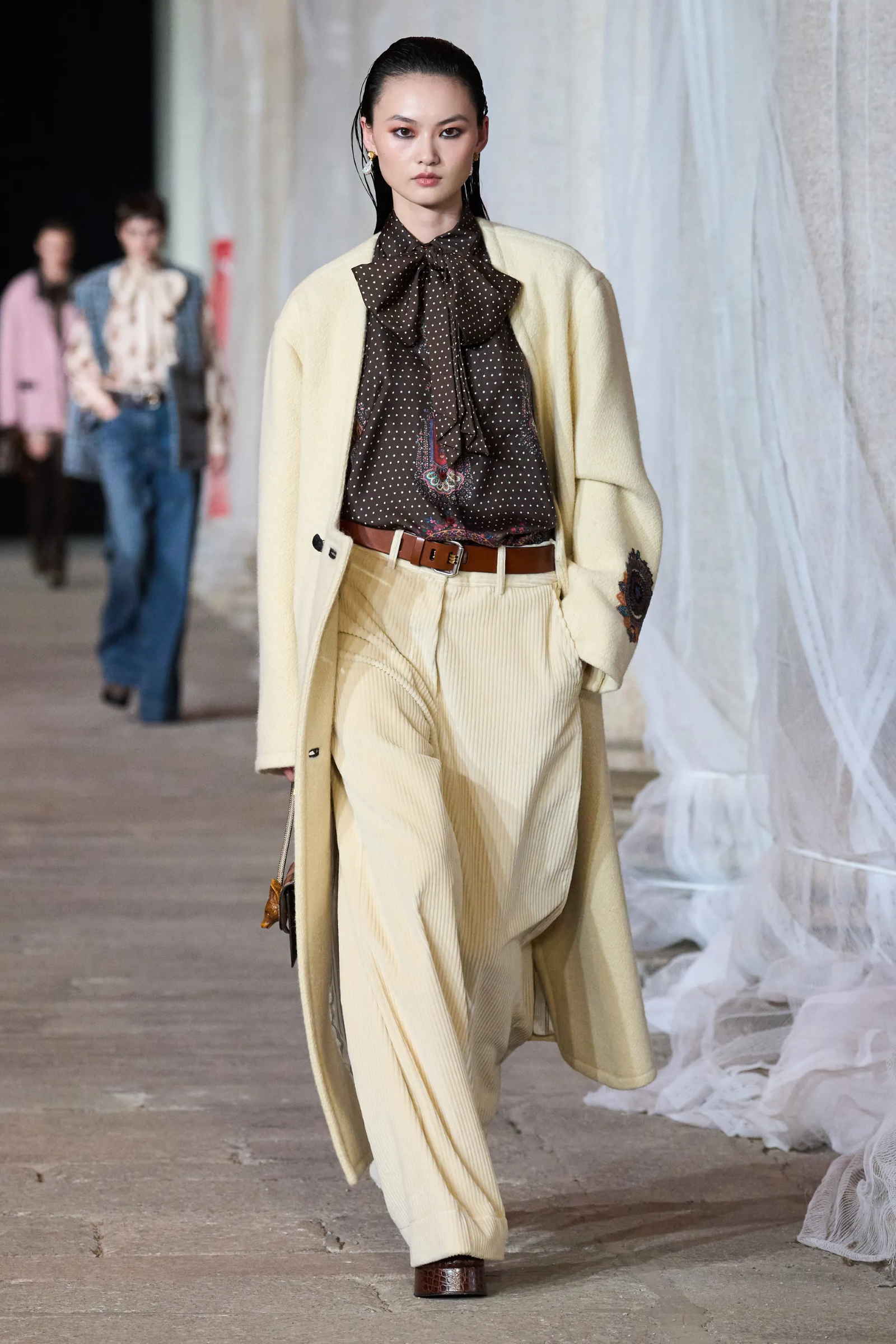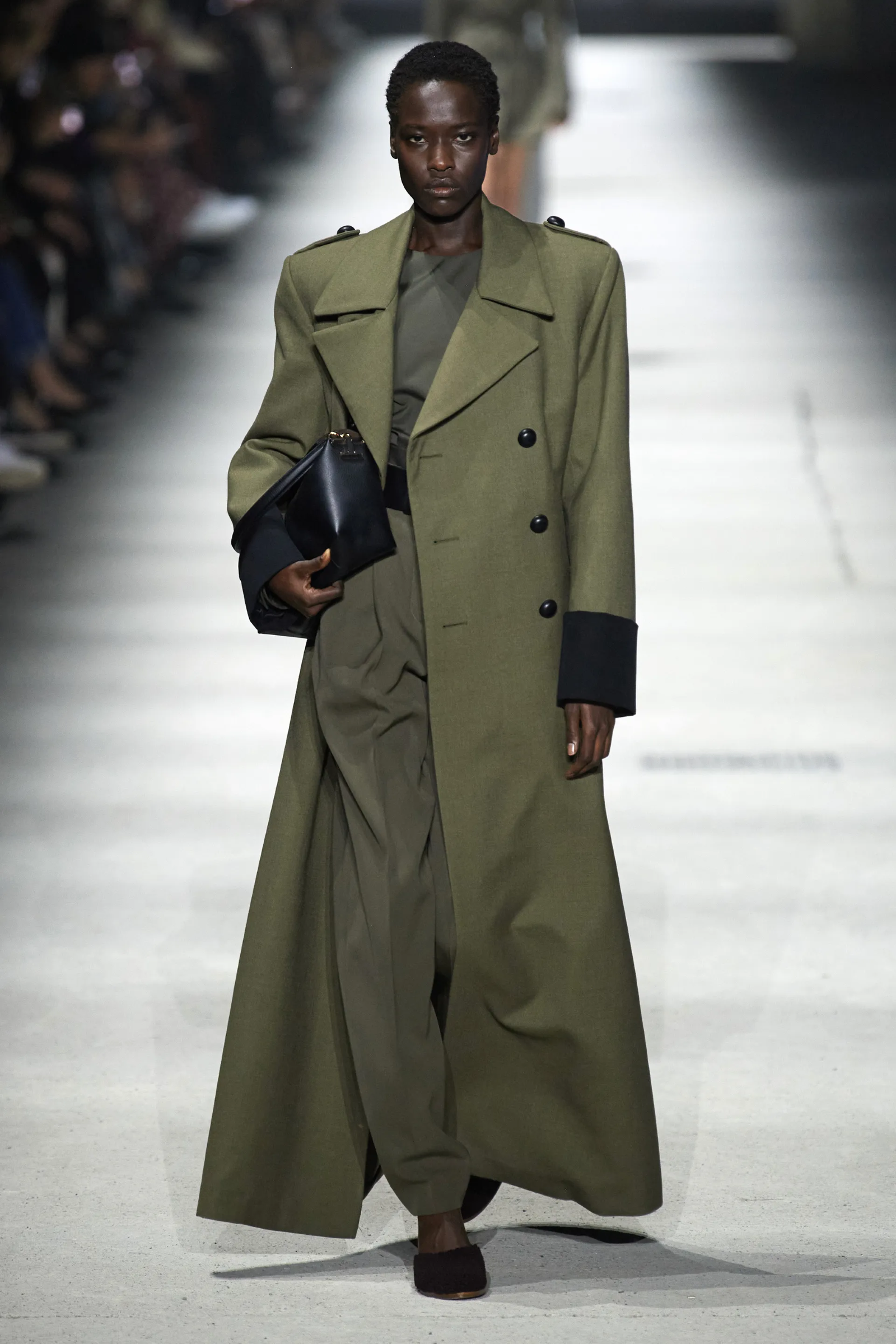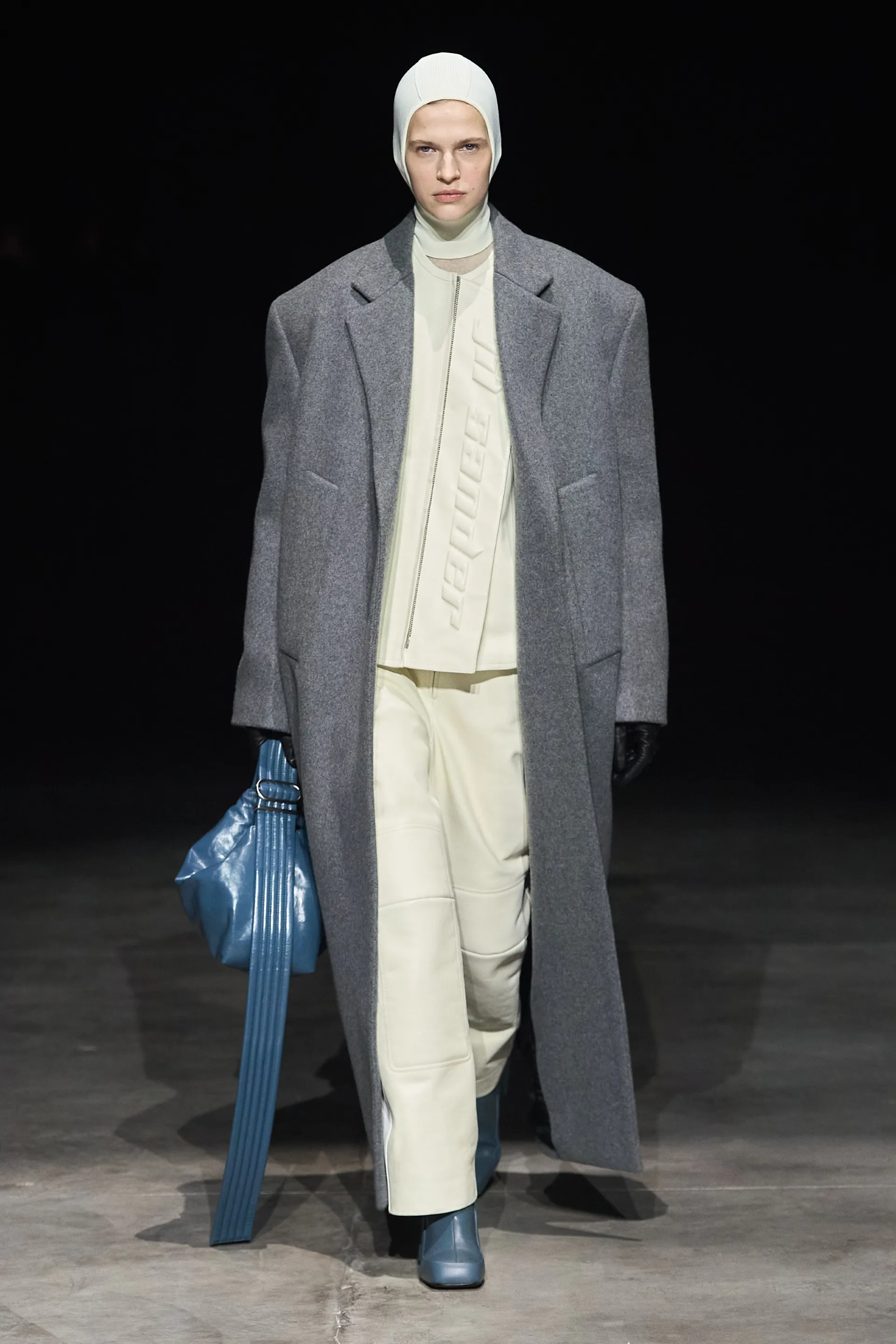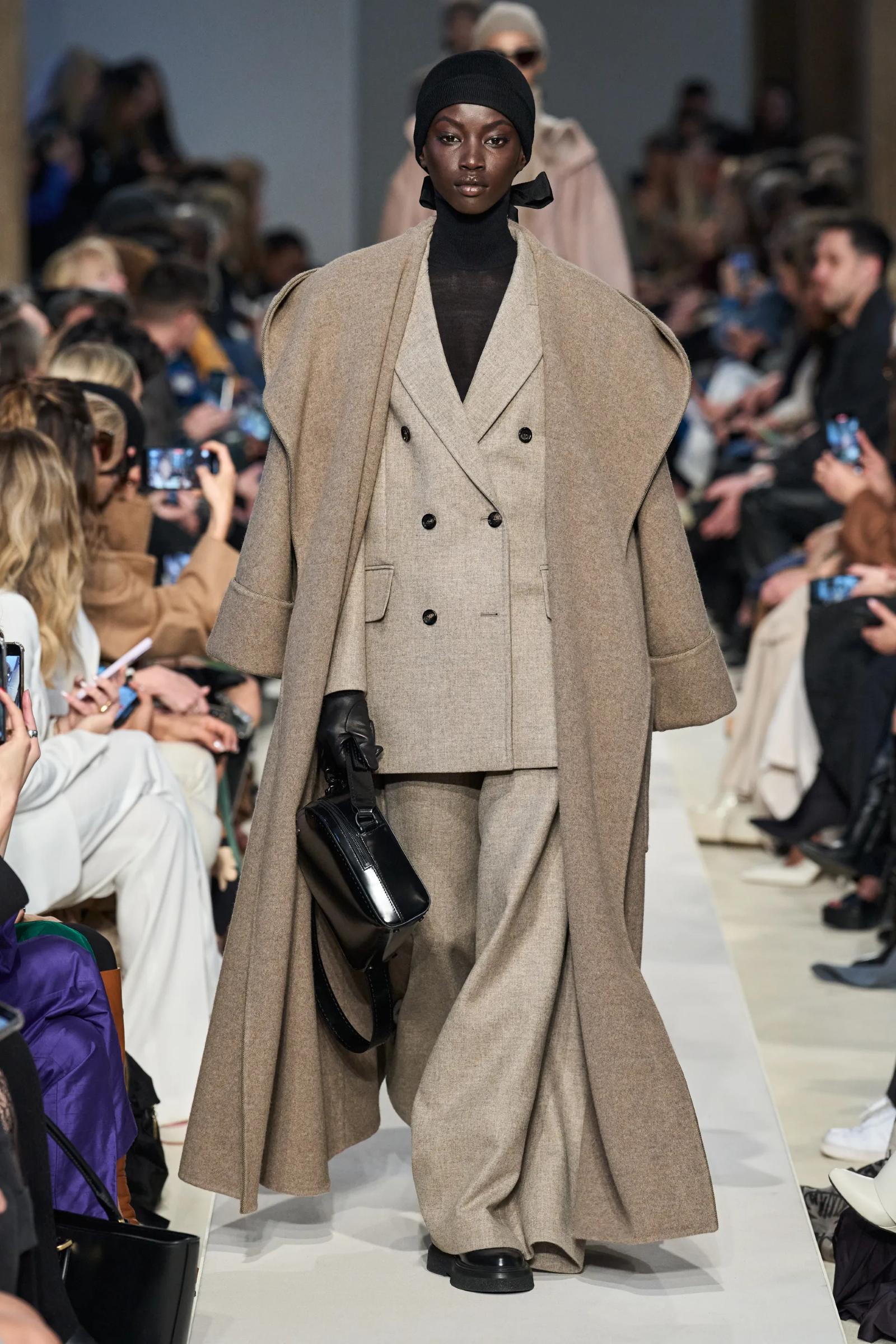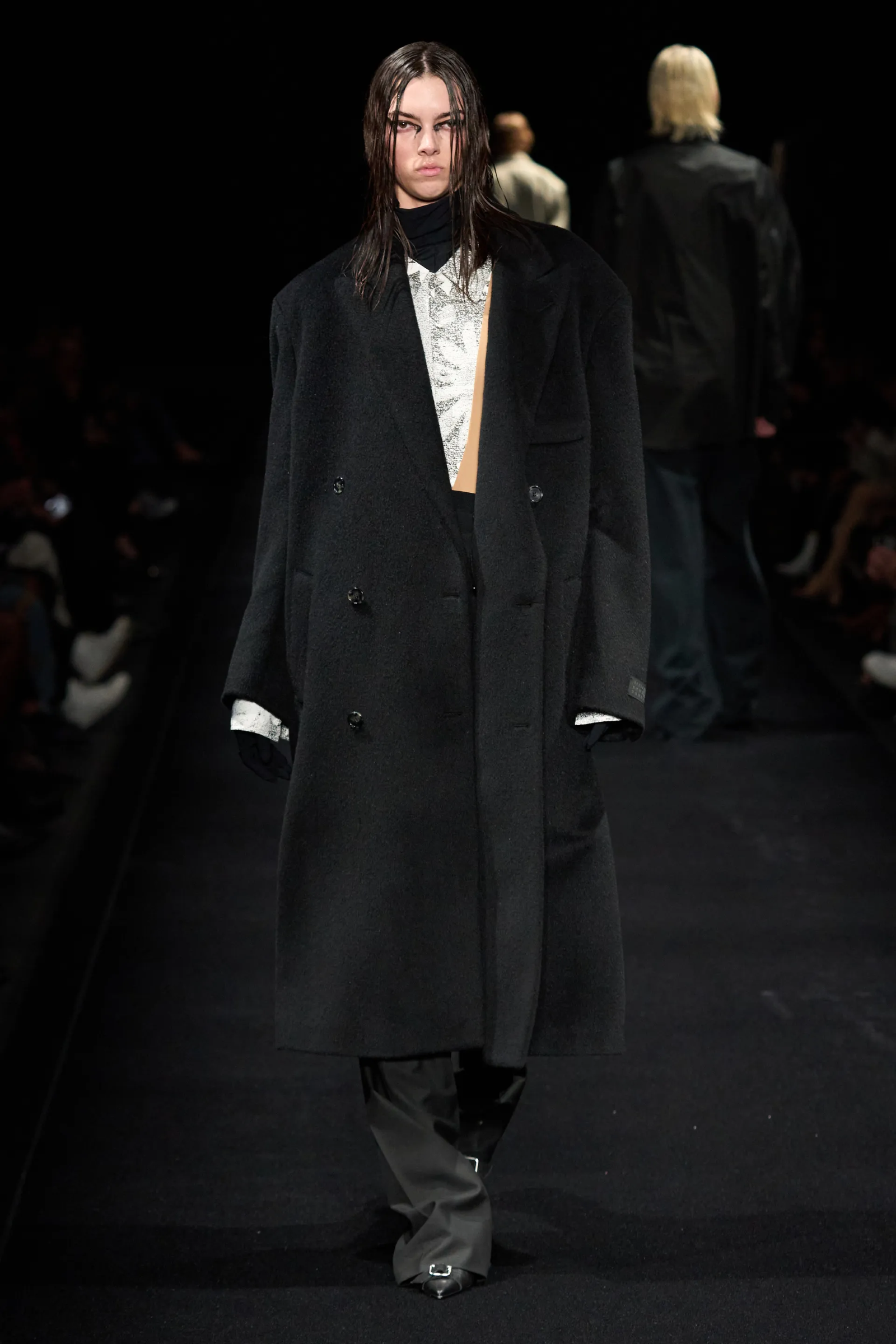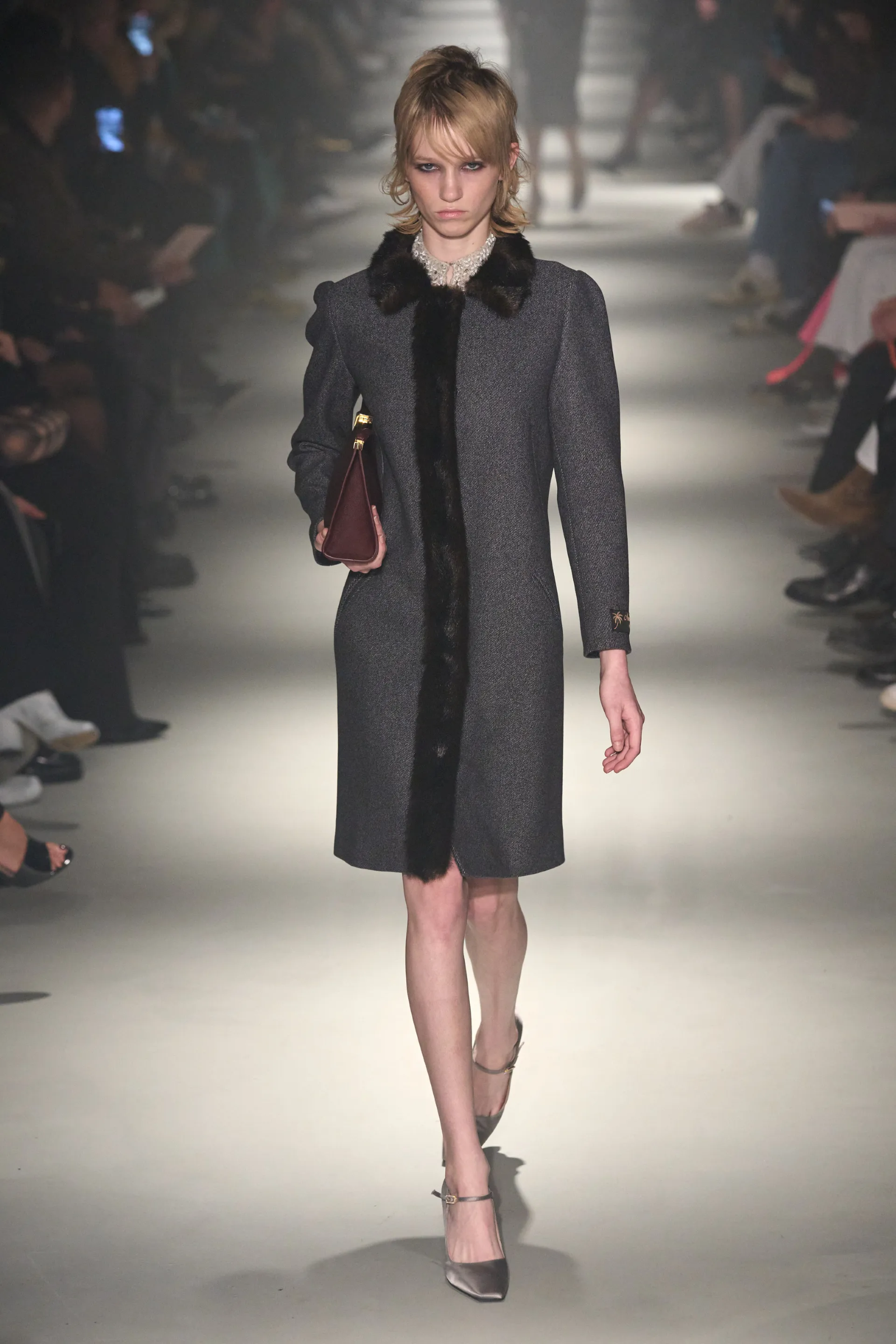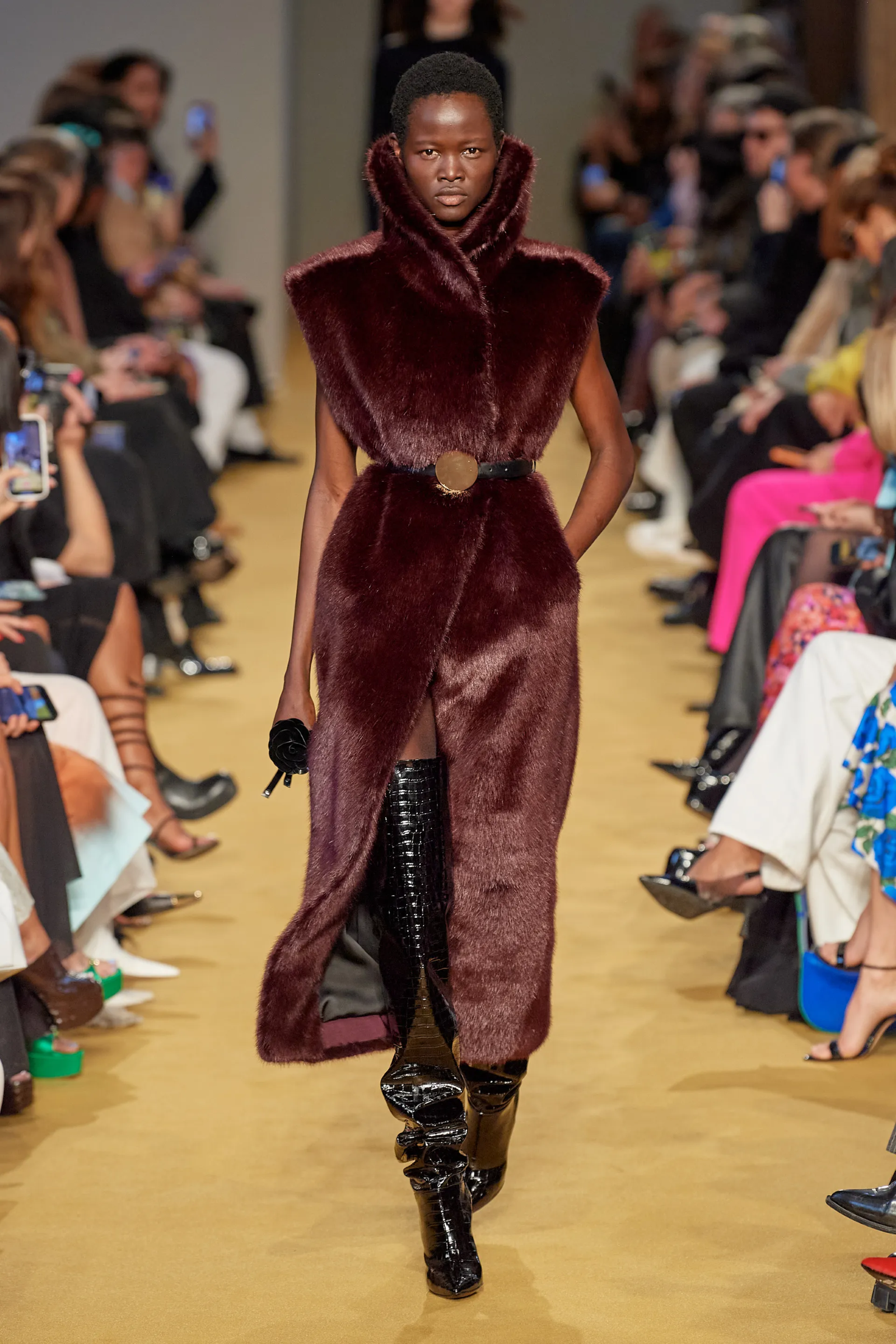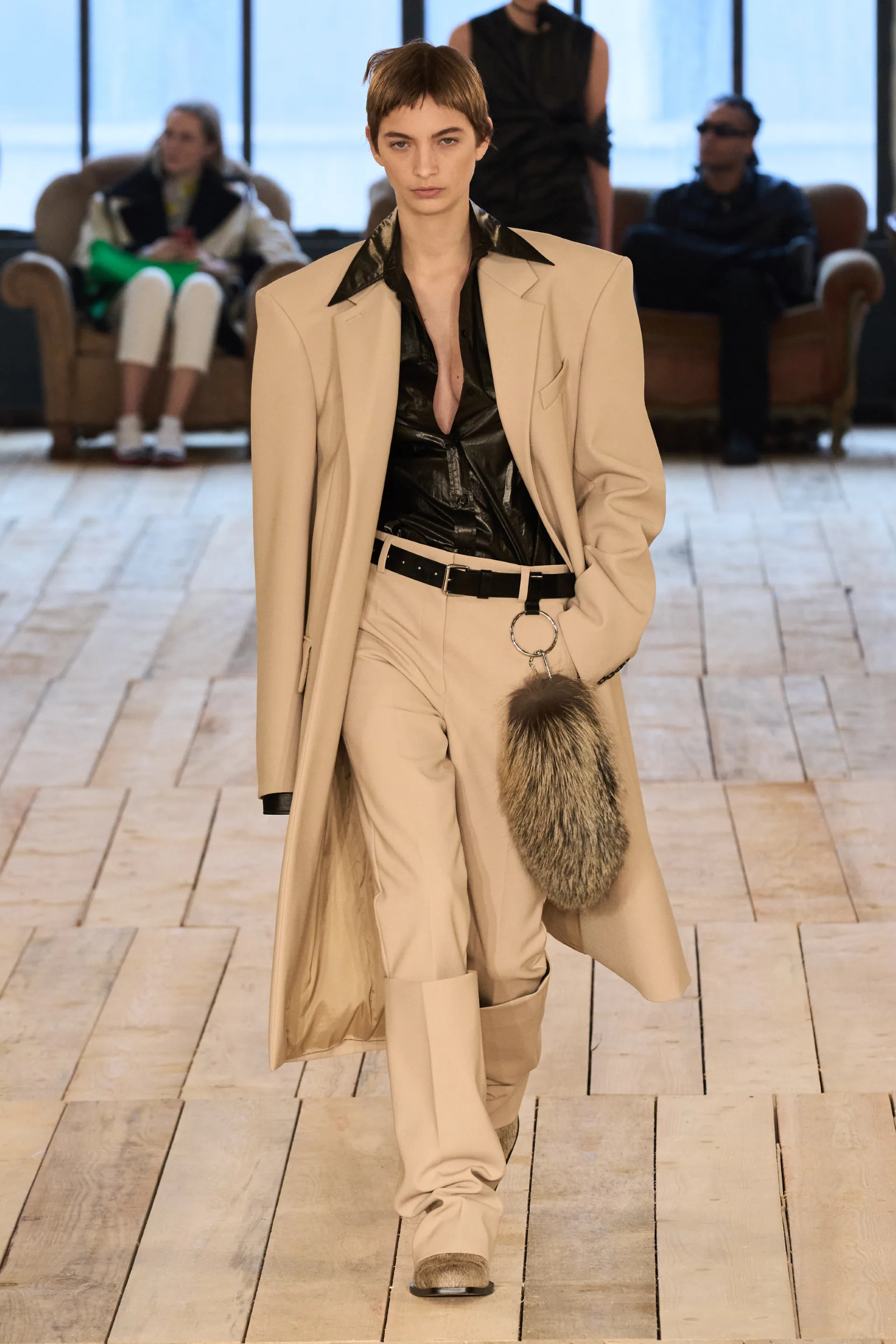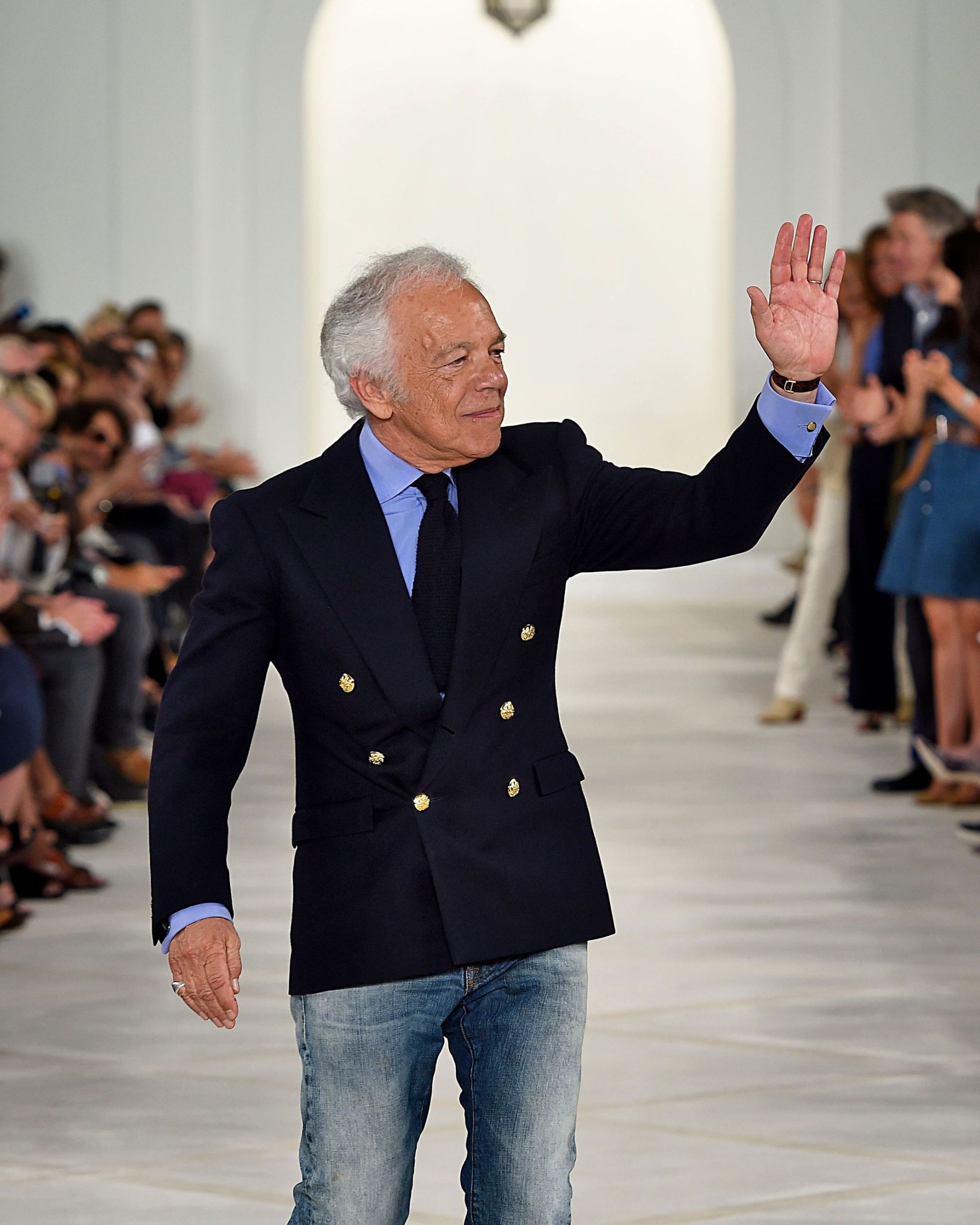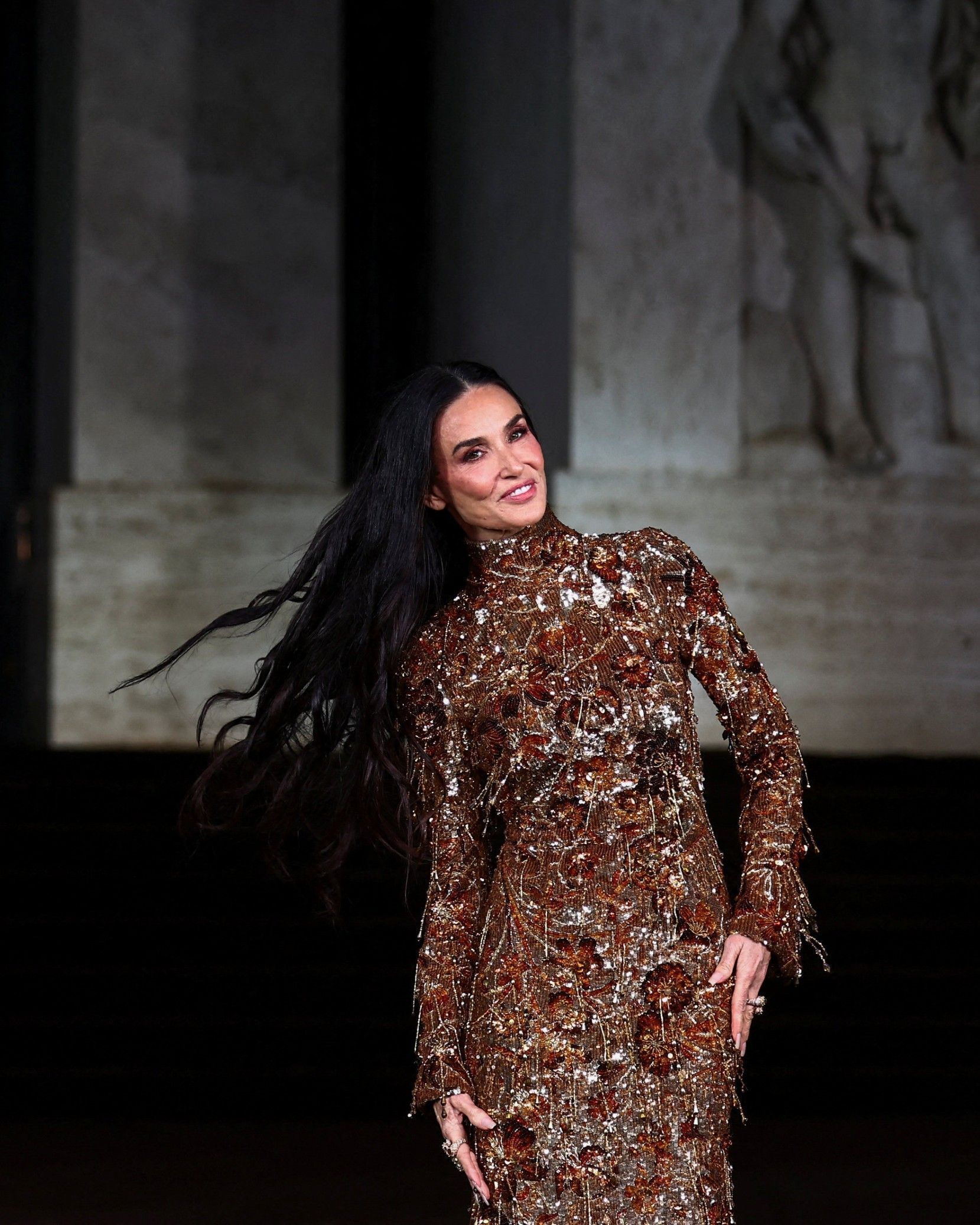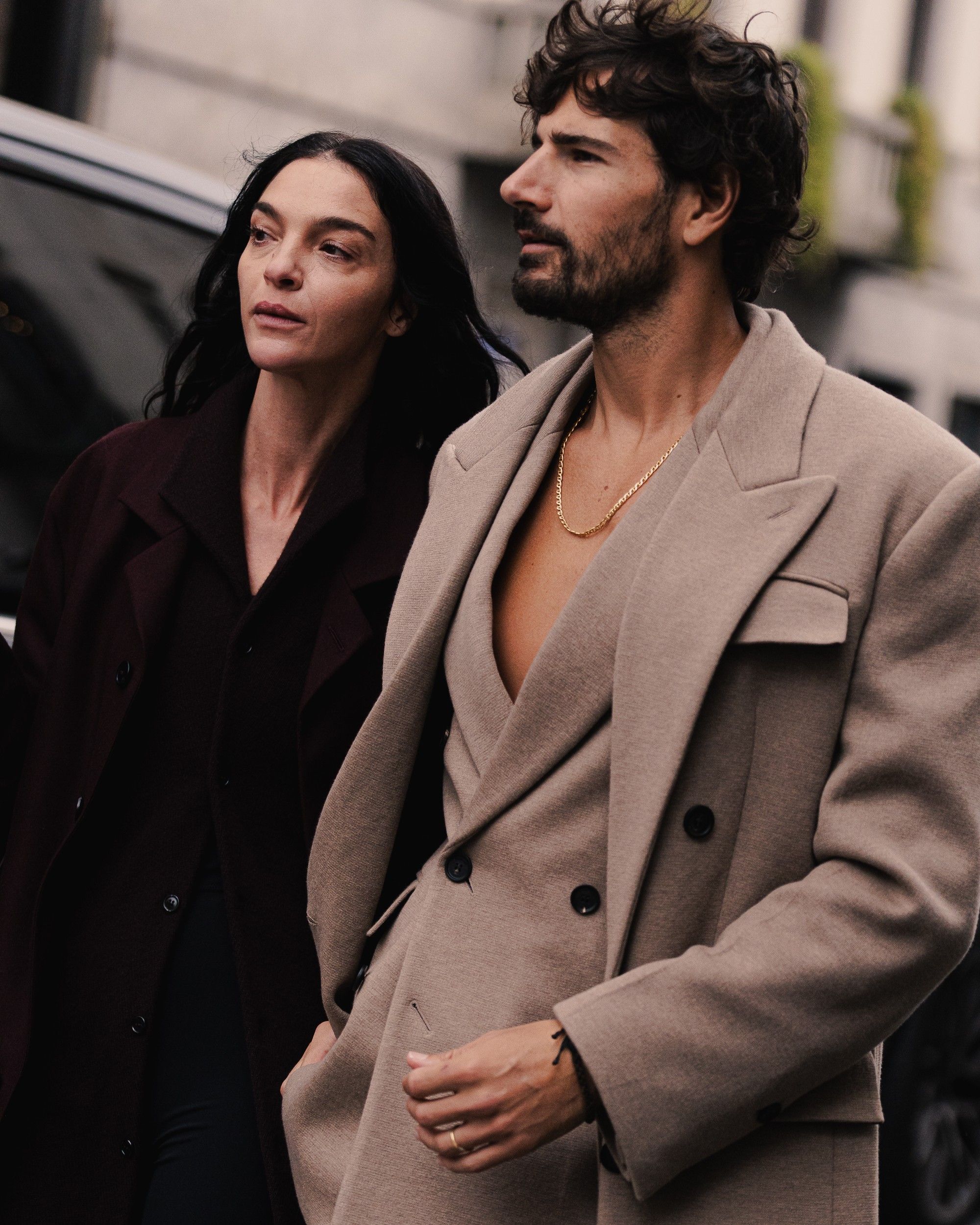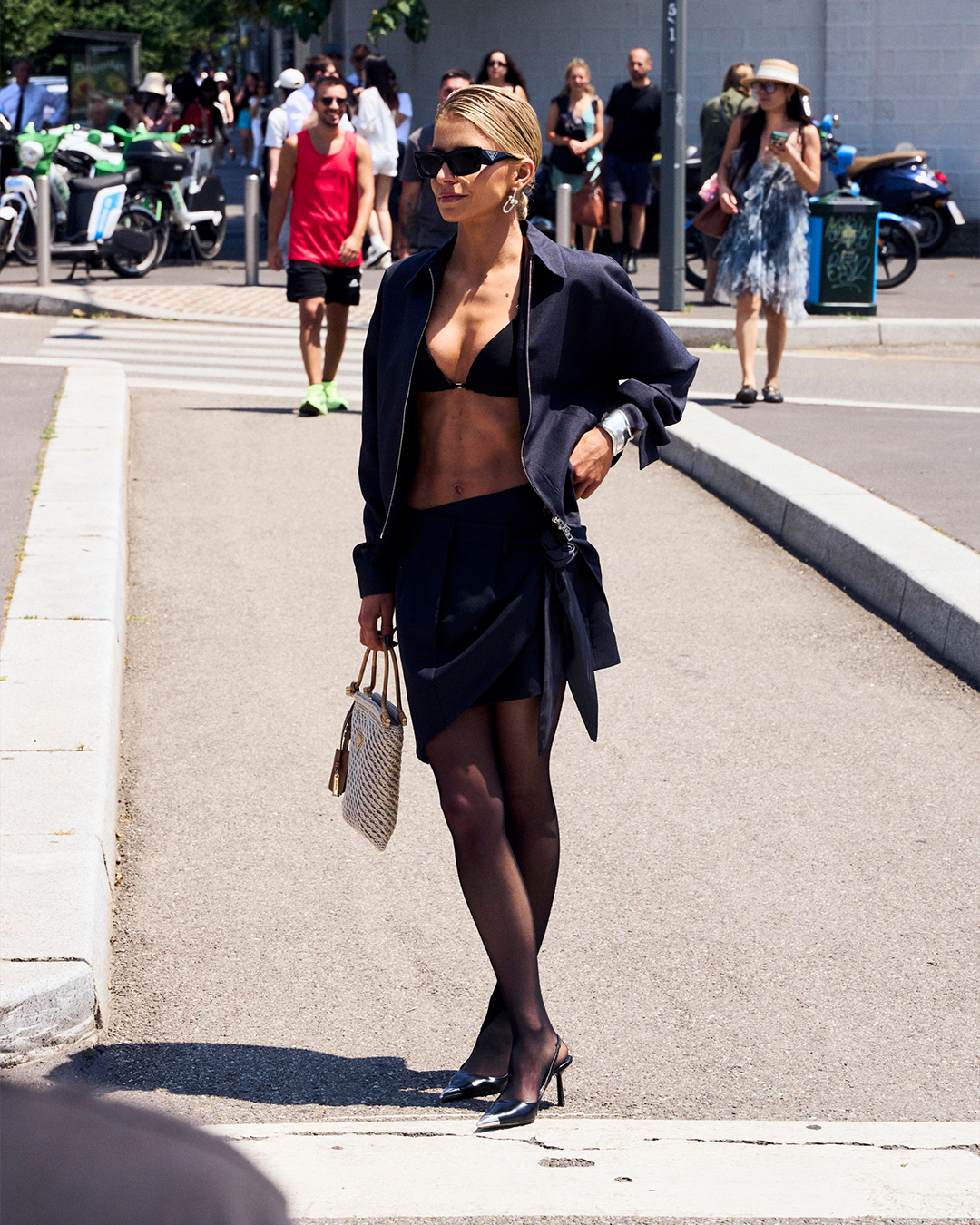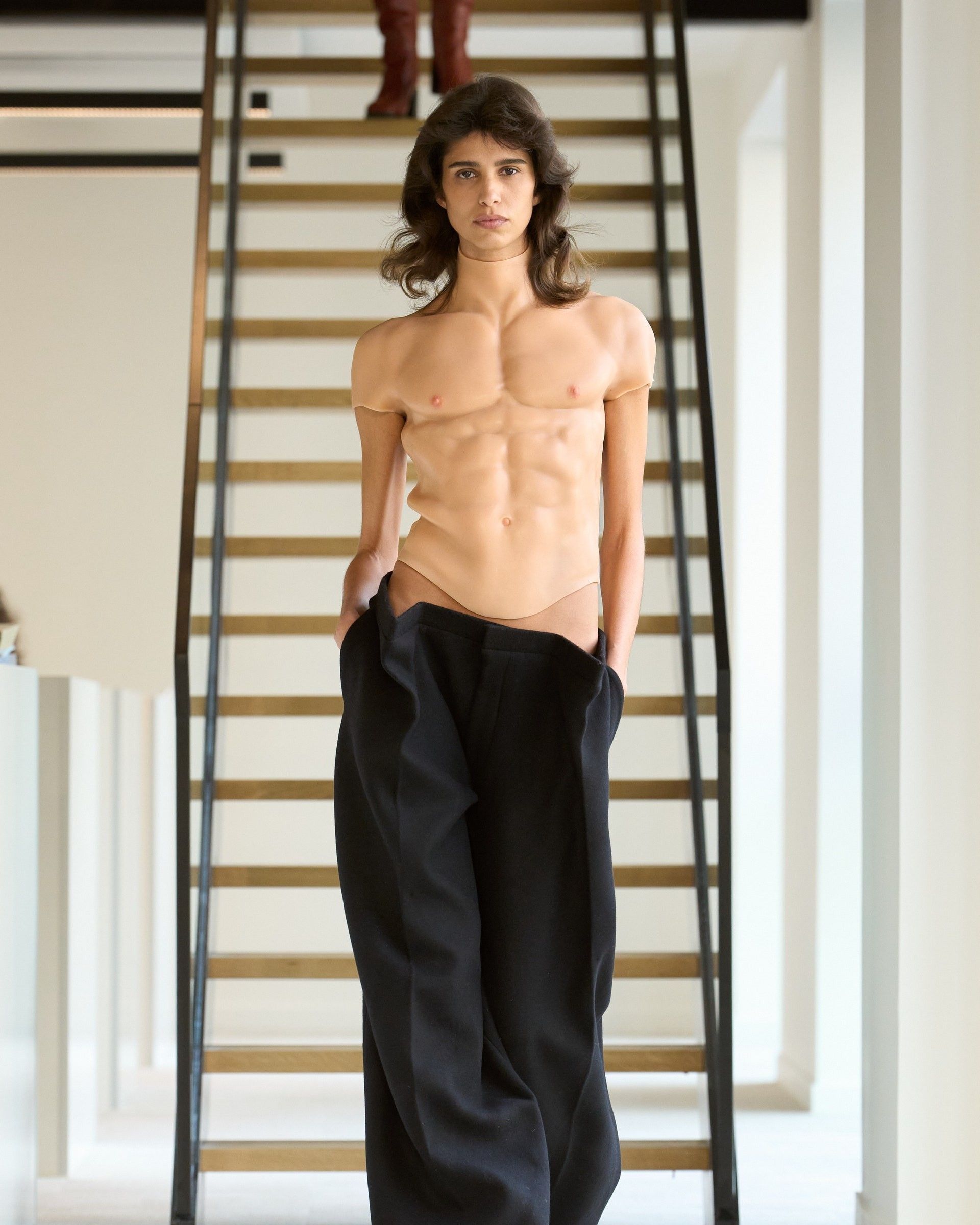
In Milan, fashion has changed its audience Must be the season of the "sciura"
That the entire fashion industry was flirting heavily with Gen Z was no mystery - so many products seen in the past few seasons that give the impression of being designed to go viral on TikTok. In the past few fashion weeks there had indeed been a sense that the entire luxury fashion apparatus was entirely subjugated to the supremacy of content, of the viral moment that explodes on the web sending media value soaring. This year, however, things were different in Milan. Beyond eccentric brands like Diesel, Sunnei, Marco Rambaldi, Cormio or Roberto Cavalli - the wardrobe proposed by the latest fashion shows seen last week is extremely more stately, more adult. Even Moschino ditched the colorful balloons for surrealist but still bon ton tweed suits, while Blumarine put on a darker, more serious and less cheerfully pop show than in the past. The major names in town, starting with Prada and Armani and moving on to Bottega Veneta, Tod's, Jil Sander, Ferragamo, Dolce & Gabbana, Bally, and Missoni (we will mention others shortly) opted for more mature and elegant looks, more suited to a grown-up, career woman than a 20-something tiktoker. Of course, the fact that these old-money drifts dominated the Milan season does not mean that sex has disappeared from the collections - we had plenty of transparencies, adhesions, nudity exhibited or suggested, nonetheless much of the Y2K frivolity of past years seems definitely toned down. Brands are talking to new customers who may not be posting videos on TikTok but are likely to come into boutiques to buy a full look instead of just a belt. Could it be that fashion is finally de-colonizing and ceasing to appropriate youth cultures in the name of combining relevance and novelty?
The result of this return to an adult loftiness and a sometimes cerebral decorum was pleasing but, more importantly, it seemed to signal a shift in gear in which fashion is beginning to address more mature audiences than teenagers. At Prada, for example, the runway show revolved around the idea of the importance of the everyday and modest clothing, on the idea of "beauty with a purpose" through reinterpretations of uniforms both work-related, such as those of nurses or soldiers, and social such as the wedding gown - a series of looks so balanced and unadorned that both Gigi Hadid on the runway and Charli D'Amelio in the front row (wearing a very chaste gray sheath dress) seemed the portrait of highbrow, conceptual austerity. Instead, at Gucci, influencers were reportedly informally asked to restrain colors, frills and prints for looks that would break with Alessandro Michele's maximalism in keeping with a show dominated by cocktail dresses, pearls, suits, coats. The most outspoken, however, were Serhat Isik and Benjamin A. Huseby of Trussardi, who said they were inspired precisely by the ladies of the Milanese upper class, the "sciure," for their most sophisticated collection to date for Trussardi. Letimotiv of so many fashion shows (and also of the wardrobe of so many Milanese "sciure") was then the fur coat - fake, so not to provoke animal rights activists. Appearing as much at Trussardi as it did at Bottega Veneta, Gucci, Bally, Calcaterra, Del Core, Dolce & Gabbana, Missoni, Ferragamo, Armani, Max Mara, MSGM and so on, this symbolic garment of the haute bourgeoisie has made a comeback - perhaps not an overbearing one, but certainly widespread enough to be called a trend considering how even Glenn Martens sent a fur coat down the runway. Elsewhere, and in different declinations, we saw a triumph of trails, strong-shouldered blazers, metallic party dresses and, in some cases, even layering that covered the skin that necklines and hemlines left exposed to the air. All dresses for "grown-up" occasions, which we imagine worn at elegant receptions, business meetings atop skyscrapers, art shows and theater premieres - but not on TikTok.
Has fashion lost faith in the colorful teen world that, until a few years ago, was merrily pillaging in search of the next trend? In the face of economic difficulties, financial crises and in a world where «things fall apart; the center cannot hold», fashion customers (the real ones, who are also invited to the shows) do not want to pounce on ironic or performative luxury products but are more interested in reaffirming their socio-economic and cultural status. The fashion of this Milanese season does not provoke, at least not directly, but knowledgeably asserts its own standard of living and, in some ways, its dignity. It does so in ways that are now intellectual, now solemn, now decadent and deconstructive - but it does so. The collections of this Milanese season seem to care little for ostentatious sexiness and iconoclasm while brands seem to woo their clientele by creating an idealized reflection of them - luxury fascinates no longer with its absence but with its more materialistic appearance, but not in the form of a meta-signal or pop reference, not with logos, but with the opulence of furs, lace, exotic leathers and satins. And if, in whimsical London, J.W. Anderson can still sell phallic-shaped handbags and Mowalola can make ironies about logos, while Simone Rocha and Di Petsa indulge in romantic fantasies, in Milan the seriousness of the great industrialist seems to be back, the haughtiness of the affluent parlours and their inhabitants who drink tea at Cova's and Sissi's, lunch at Bastianello's and, as Popa sings, go to the vernissages in Via Statuto. Could it be that the hour of the sciura has finally arrived?










































